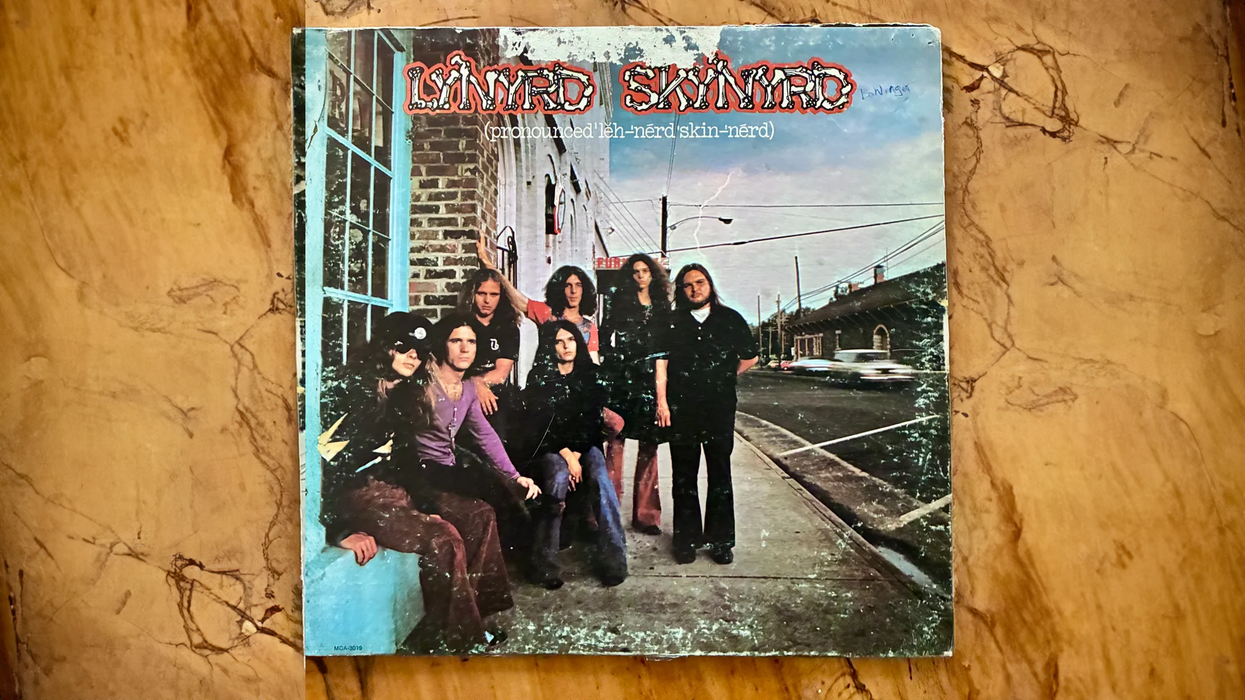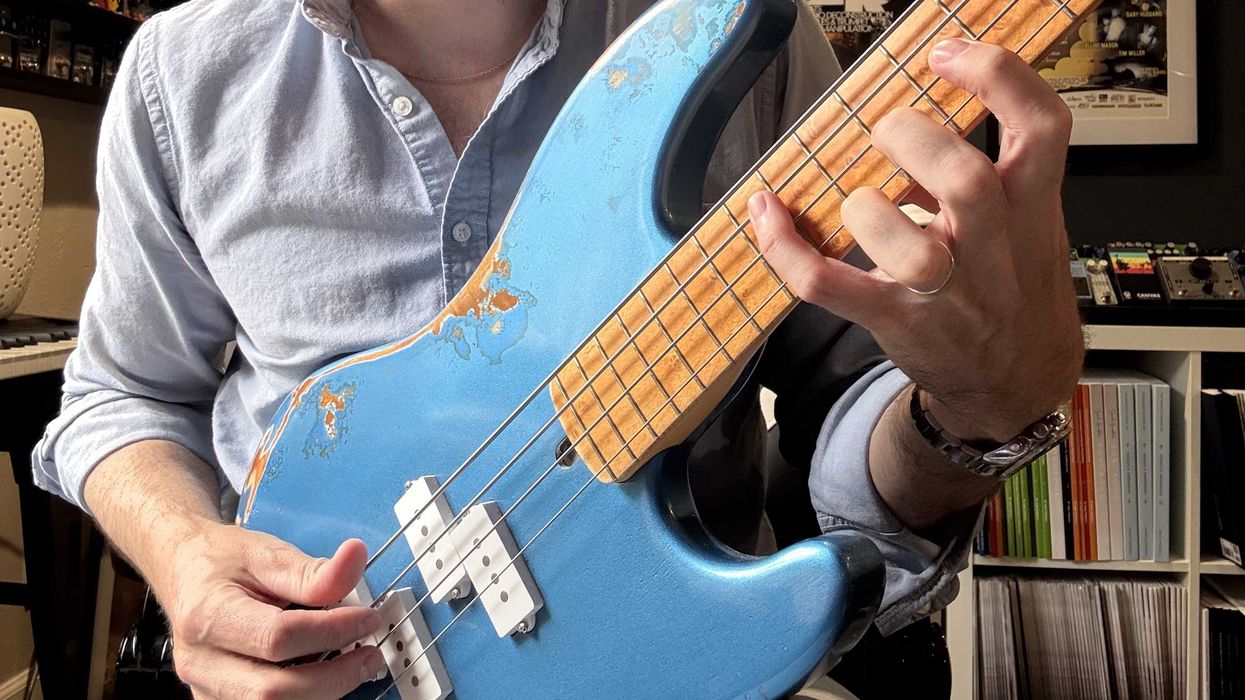Search
Latest Stories
Start your day right!
Get latest updates and insights delivered to your inbox.
Pro-Advice
Our monthly print columns online!
Don’t Miss Out
Get the latest updates and insights delivered to your inbox.
Popular
Recent
load more



















